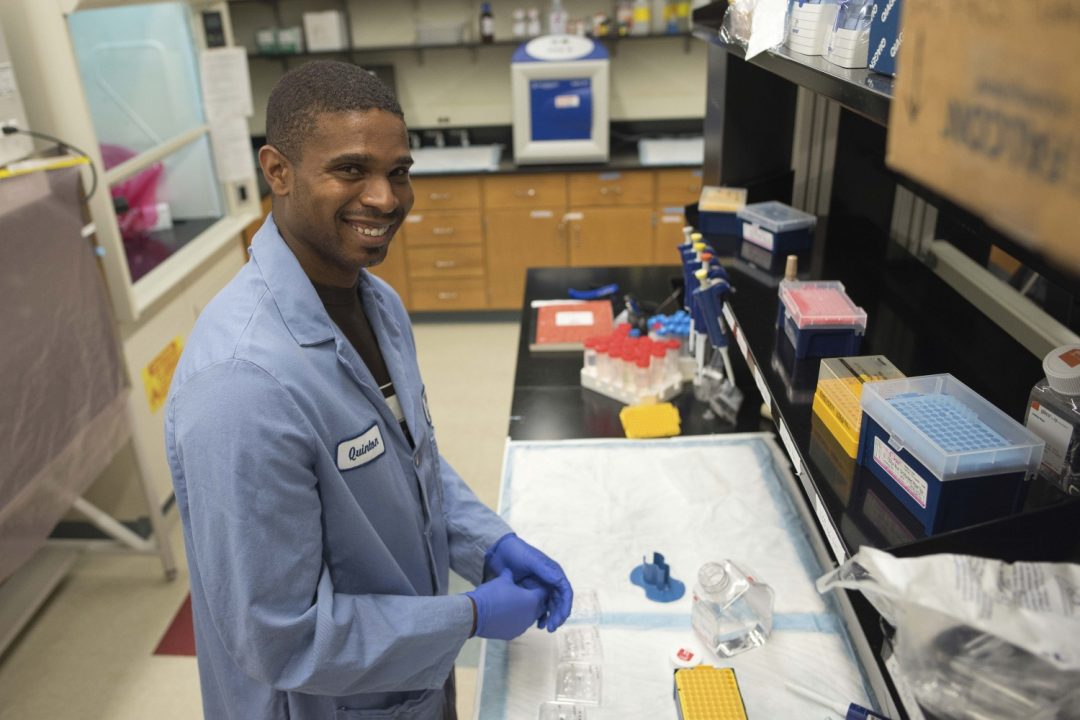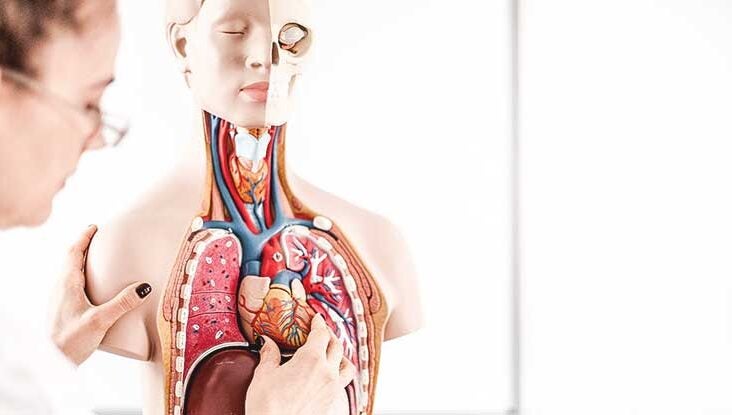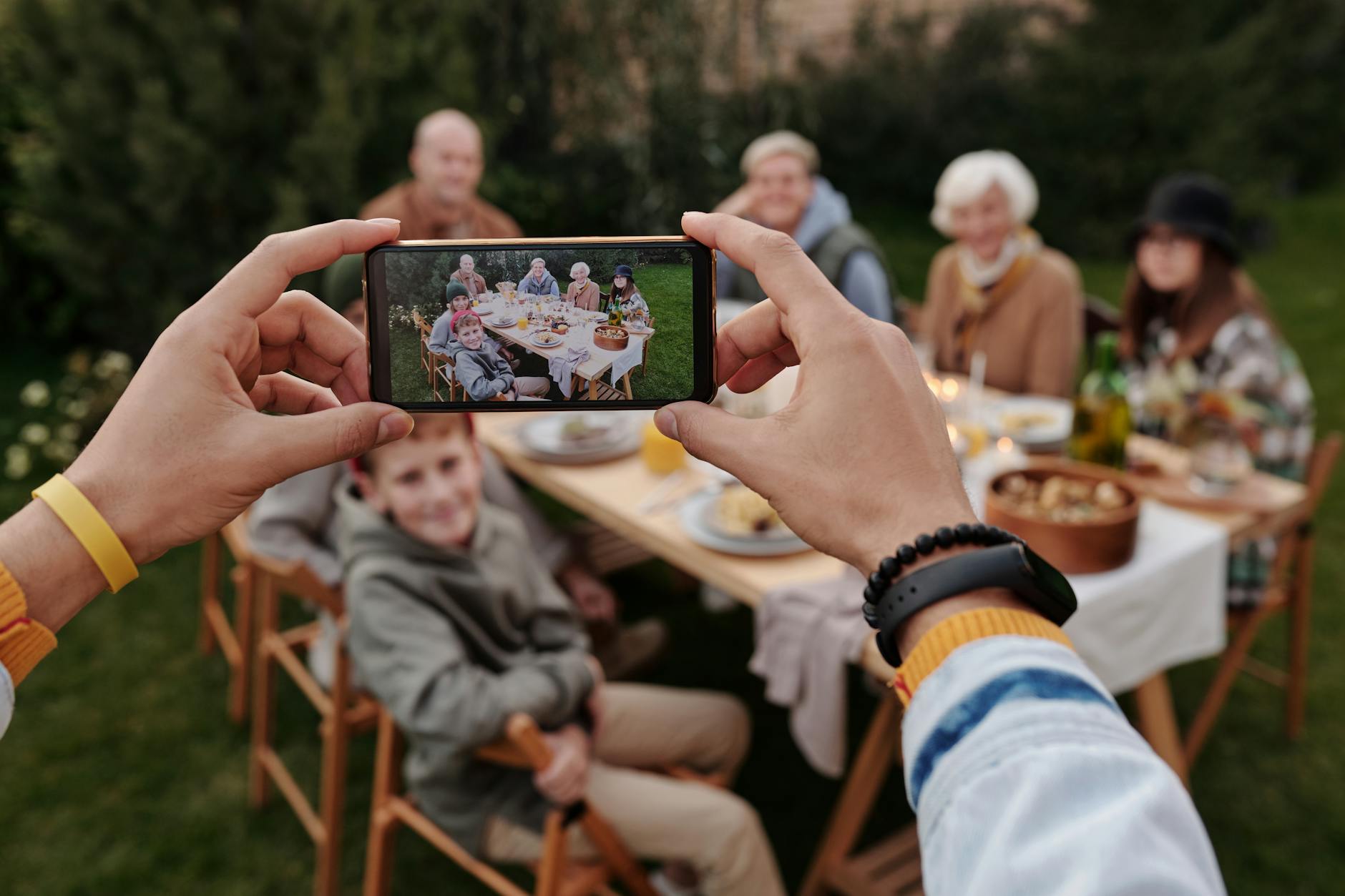Scientist Creates Miniature Organs to Unlock Medical Breakthroughs

Quinton Smith, a driven researcher at the University of California, Irvine, has found a unique way to make a difference in the lives of sick children. While volunteering at a children’s hospital during his undergraduate years, Smith realized that his calling lay not in becoming a physician but in using science to alleviate human suffering.
Today, Smith’s laboratory employs cutting-edge techniques borrowed from the world of electronics fabrication to construct miniature, lab-grown organs called organoids. Unlike studying cells in traditional petri dishes, these organoids closely mimic the structure and function of real human tissues, providing a revolutionary approach to studying diseases and testing potential treatments.
By combining Silicon Valley technology with the remarkable capabilities of stem cells, scientists like Smith are making significant strides in producing tissues that closely resemble their human counterparts. Stem cells, particularly induced pluripotent stem cells, possess the extraordinary ability to transform into any type of cell in the body. This realization fascinated Smith and sparked his passion for harnessing the power of these cells in his research.
During his doctoral studies, Smith worked alongside biomedical engineer Sharon Gerecht at Johns Hopkins University. His project aimed to recreate the environment in which blood vessels form, utilizing micropatterning techniques to coax stem cells into organizing and assembling into intricate structures resembling artificial blood vessels. This early work paved the way for Smith’s exploration of 3D tissue engineering, specifically focusing on liver organoids.
The liver, with its complex network of bile ducts, plays a vital role in digestion and fat absorption. However, replicating the branching patterns of these ducts in artificial liver tissue has proven challenging. Undeterred, Smith and his team devised a solution by embedding minuscule acupuncture needles within a stiff gel matrix. Stem cells are then seeded into the gel and stimulated with chemical cues, prompting the formation of duct-like structures. This innovative engineering approach allows for the creation of bile ducts on demand, providing researchers with invaluable insights into liver diseases such as fatty liver disease.
Smith’s interdisciplinary background in both biology and engineering has been instrumental in his groundbreaking research. Leveraging his knowledge of cell biology and engineering techniques, he now employs 3D printing to ensure the proper organization of liver tissues, including blood vessels and bile ducts. This engineering-driven approach holds great promise in unraveling the underlying mechanisms behind various liver diseases and could potentially lead to targeted treatments.
However, Smith’s ambitions extend beyond the liver. He and his team are now venturing into other tissues and diseases, with a particular focus on preeclampsia—a dangerous condition affecting pregnant women, especially African American women. By studying lab-grown placentas, Smith aims to investigate the impact of environmental factors on maternal blood vessels and uncover critical insights into this life-threatening disorder.
Smith’s work represents a triumph of stem cell research and its potential to transform medical understanding. Through his unwavering dedication and innovative techniques, he continues to push the boundaries of scientific discovery, offering hope for breakthrough treatments and improved patient outcomes. With each success, the power of stem cells becomes more apparent, heralding a new era of medical possibilities.



